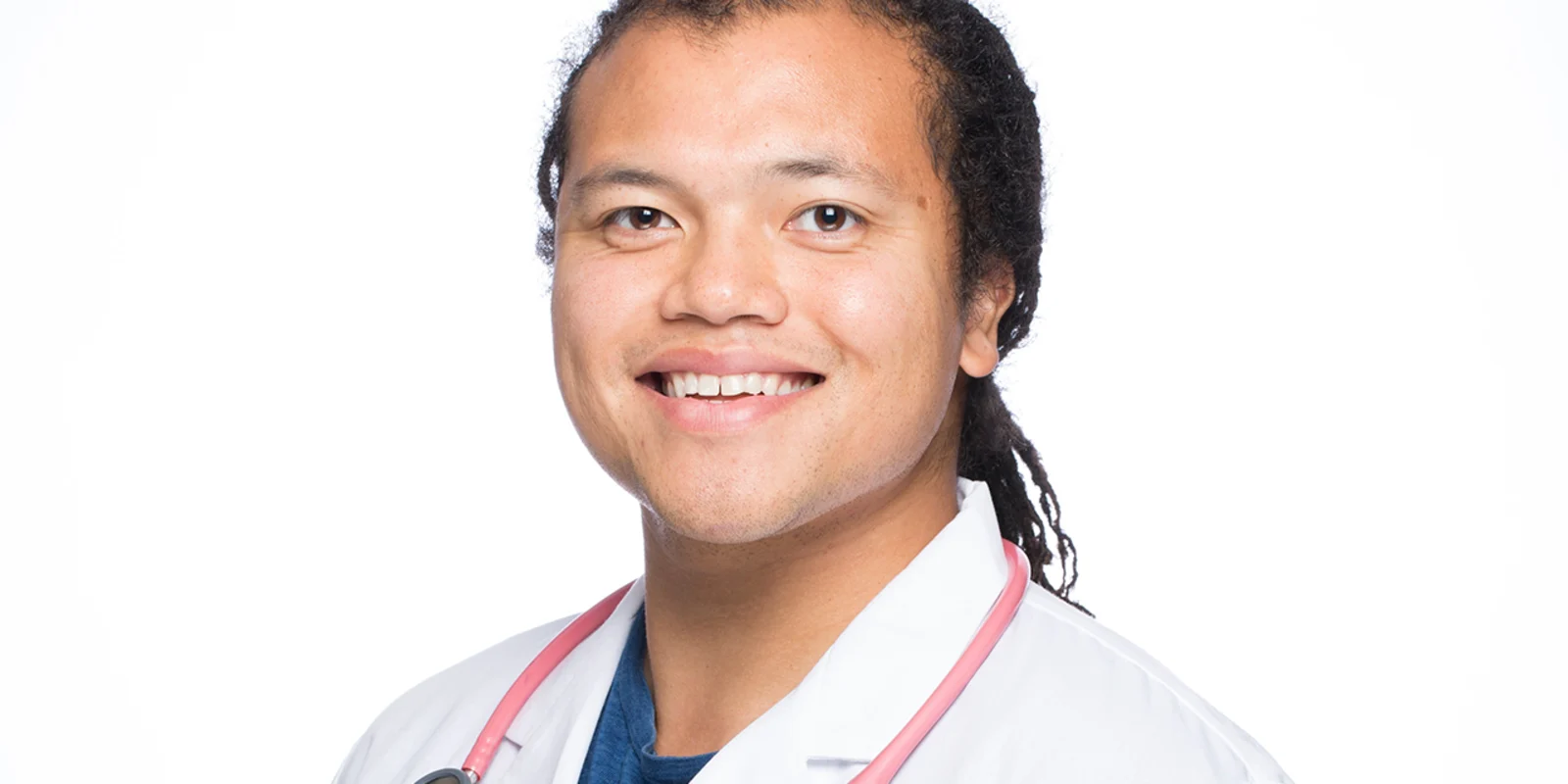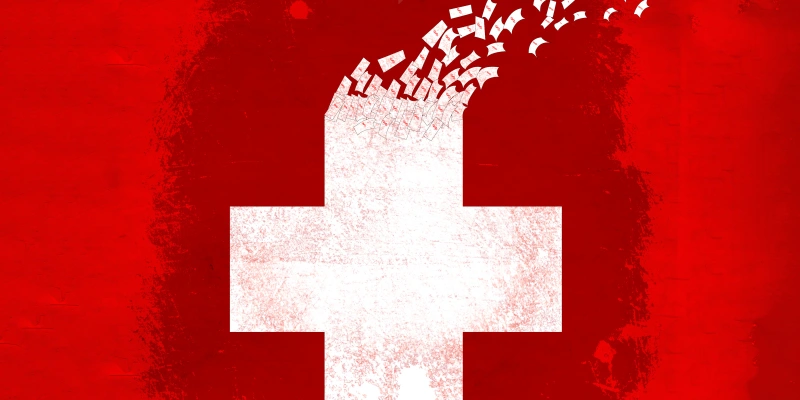
Name: Kenji Taylor, MD
Specialty: Family Medicine
Education: University of California at San Francisco, San Francisco General Hospital Medical Center, US Centers for Disease Control and Prevention, Columbia University, Perelman School of Medicine at the University of Pennsylvania, Brown University, Keio University, Harvard University
Areas of Expertise: HIV/AIDS, Public health, Health policy, Healthcare disparities, Family medicine, Healthcare technology/informatics, Global medicine
Current Position: Family and Community Medicine Resident
1. Why did you choose family medicine?
I chose family medicine because I enjoyed working with people of all ages across all medical disciplines in the context of family and community. It was also an opportunity for me to provide HIV primary care to some of our most vulnerable populations around the world.
2. What area of your specialty is changing most rapidly?
HIV primary care — the medications, the science, the preventative measures and even who delivers this care — is an area that is very exciting and rapidly changing. As HIV continues to become a treatable and preventable chronic disease, more and more patients are folding their care into that provided by their primary care provider.
3. What is the last journal article or piece of research that significantly changed your practice?
The article “Who Provides Primary Care? An Assessment of HIV Patient and Provider Practices and Preferences” in JAIDS 2015 came out just prior to entering residency in family medicine. The bottomline is that patients prefer to have their primary care services integrated into their HIV care. This idea really solidified my commitment to learning to provide high quality HIV care as a family doctor.
4. What are your research interests?
My research interests are in HIV primary care, black men’s health, health information technology and innovative care models that incorporate community outreach or non-clinic-based care.
5. Outside of your daily practice, do you have any personal or professional projects that you’re passionate about?
Since medical school, I’ve been involved in spreading the Cut Hypertension Program, a program of blood pressure screenings in African American barbershops in Philadelphia, Atlanta and now the Bay area. In the Bay Area, we are now working to train barbers to be health coaches to identify clients who have high blood pressure or other medical/mental health concerns and then refer them to health care services in the community.
6. What is a common misconception that other clinicians have about family medicine?
Most of the misconception around family medicine I encounter is around the scope of our practice. Because we have such a potentially broad scope of practice, clinicians (and more commonly medical students) don’t realize our training is in inpatient hospital-based care, outpatient care, obstetrics and many common minor procedures across the full spectrum of age. As a result of this broad scope of training, family doctors take on a diverse array of clinical practice that often includes inpatient care. Additionally we often find ourselves in education, research, public health, policy, business and administration. Finally, family medicine doctors can also sub-specialize in adolescent medicine, addiction medicine, family planning, sports medicine, HIV primary care and procedural obstetrics to perform C-sections.
7. How do you motivate patients to do what’s best for their health?
The most impactful way I’ve found to motivate patients with their health is understanding what is important to them. For some patients, families and relationships are highly motivating and can be really potent motivators for change. Other people are highly intrinsically motivated or driven by numbers or specific goals. When I can get to the core of what is important to my patients, we use that together to motivate them towards improving their health and wellbeing.
8. What is the biggest challenge or obstacle in family medicine?
The biggest challenge and attraction to being a family medicine physician is our scope of practice. While it keeps things interesting, allows an incredible career-flexibility and often provides patients with the care they need, the speed with which medicine changes in all these realms can be really daunting to keep up on. For that reason, people who are drawn to family medicine really enjoy the challenge and joy of taking care of families in so many different contexts while have the humility to know their personal boundaries.
9. What are your favorite Doximity features and how have they helped your productivity (Dialer, DocNews, Career Navigator, e-Fax, etc.)?
DocNews is by far my favorite feature. DocNews keeps me in the loop on relevant news to my practice and also gives me a forum to engage with other clinicians across the country on today’s primary care issues.






